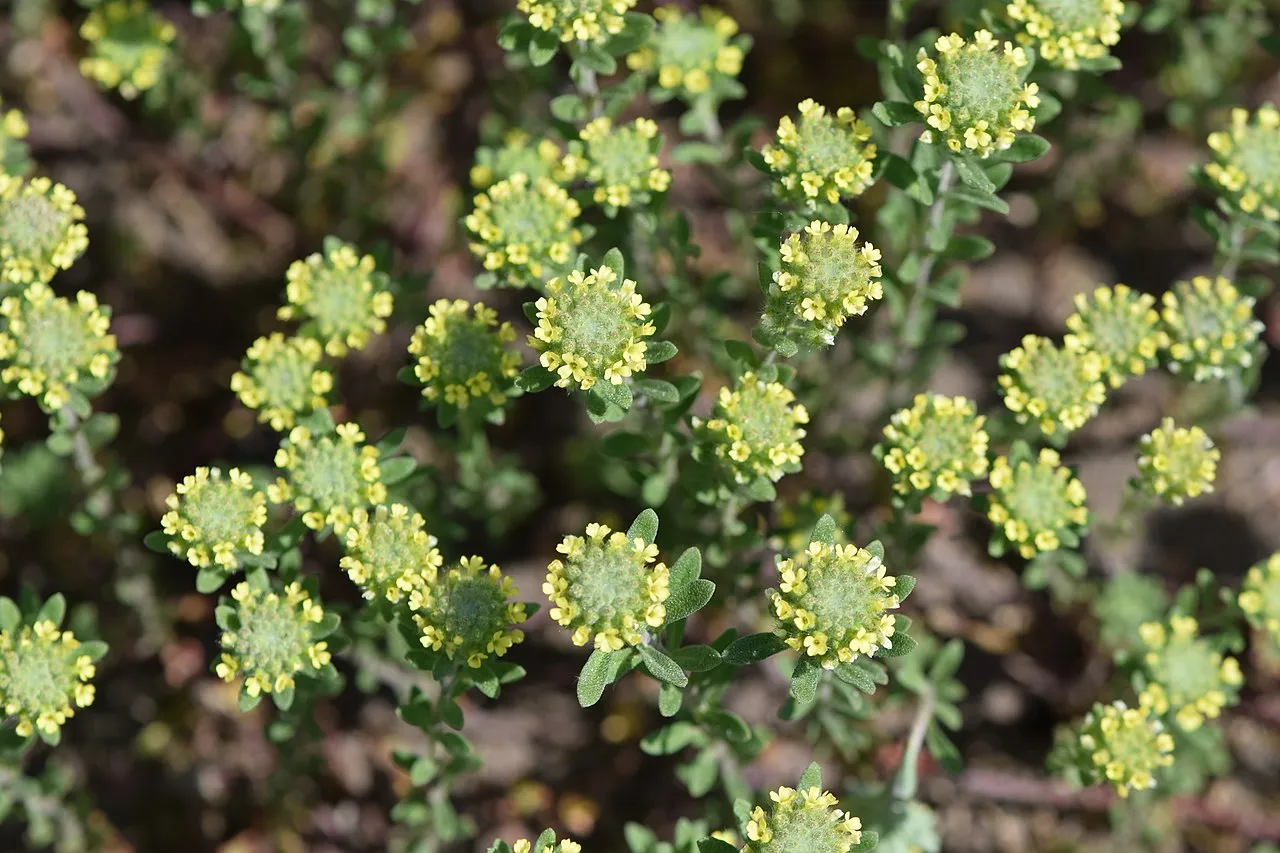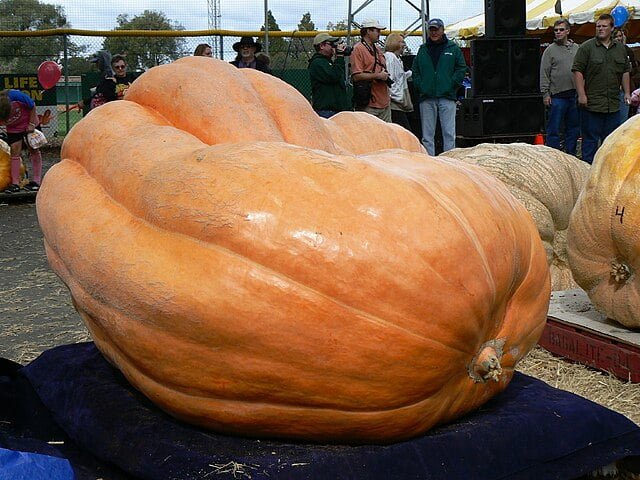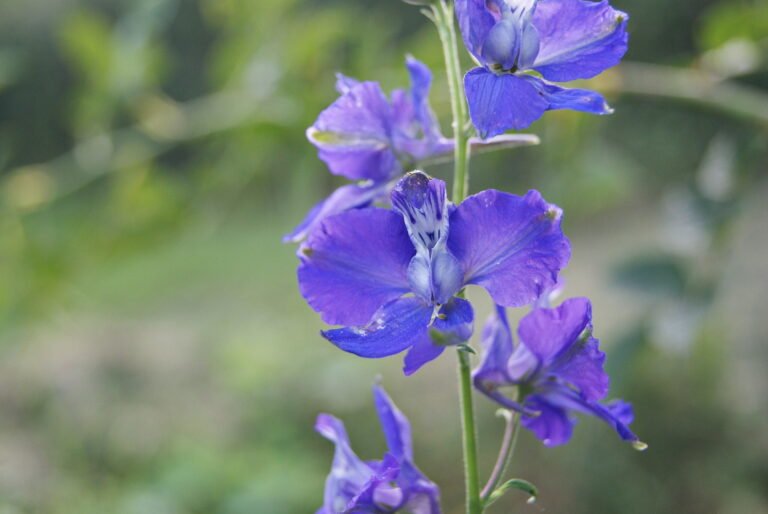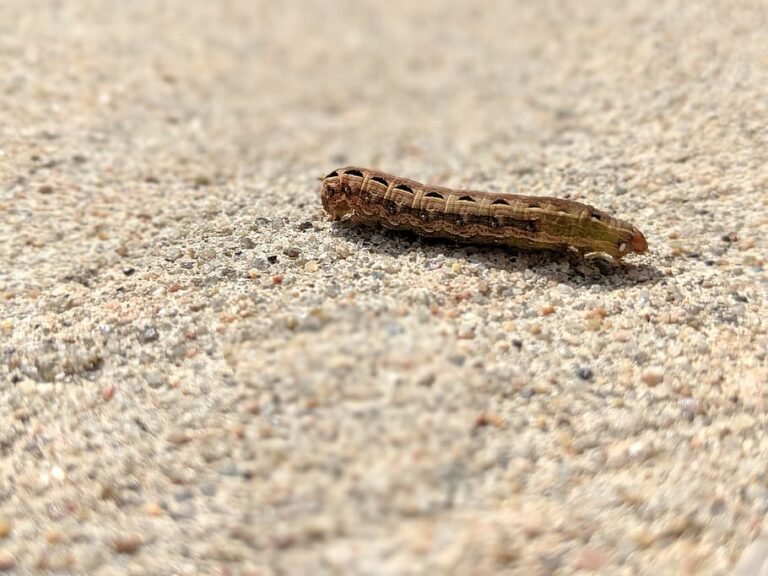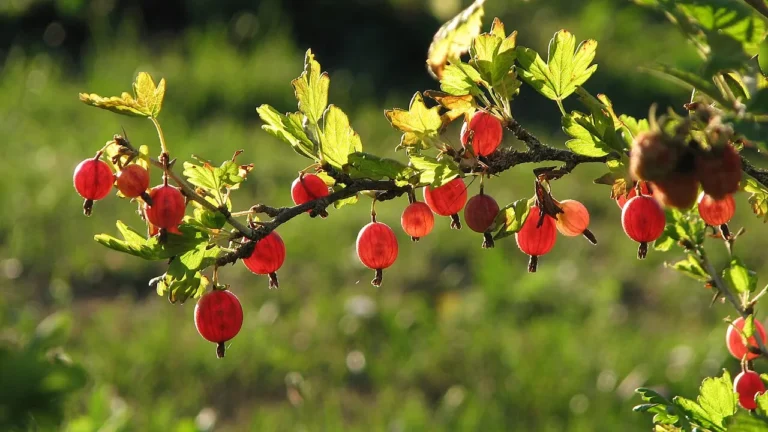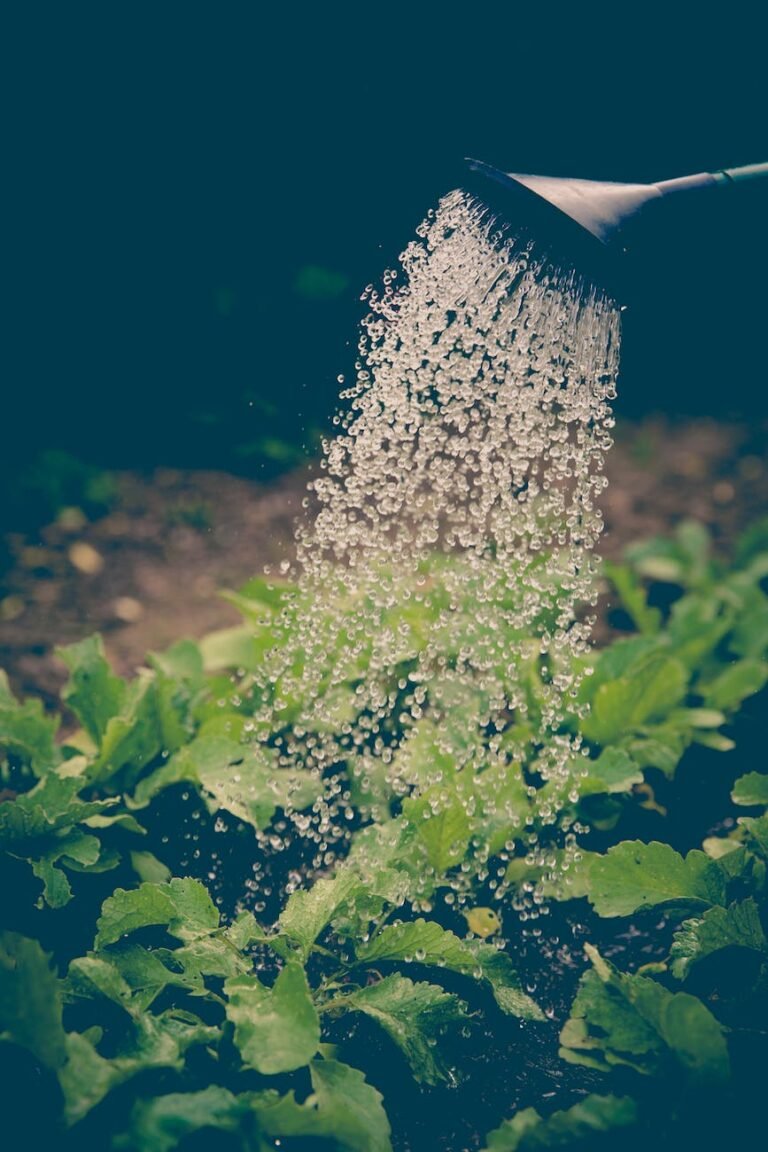Growing Alyssum: A Gardener’s Guide to Sweet Alyssum Bliss
Alyssum, known for its delicate, honey-scented flowers, is a beloved addition to gardens across various climates. This hardy plant, often encompassing varieties from the Lobularia maritima species, blankets garden spaces with its vibrant colours and enticing aroma. Whether you’re looking to attract pollinators, add charm to your landscape, or simply enjoy a low-maintenance plant, alyssum is a top contender. This comprehensive guide will walk you through the essentials of growing and caring for alyssum, ensuring your garden benefits from its enduring beauty and fragrance.
What is Alyssum?
Alyssum is a genus of flowering plants in the Brassicaceae family, commonly featuring low-growing species that spread generously. Sweet alyssum (Lobularia maritima) is especially popular in ornamental gardening for its compact clusters of flowers in shades of white, pink, purple, and yellow. This annual or perennial (depending on the climate) thrives in cool weather, making it a versatile choice for early spring and fall gardens.
How to Grow Alyssum

Planting Alyssum
- Choosing a Location: Alyssum performs best in full sun to partial shade. It’s adaptable to a variety of soil types but favours well-drained, moderately fertile conditions.
- Soil Preparation: While alyssum isn’t picky, incorporating organic matter into the soil can promote healthier growth. Ensure good drainage to prevent waterlogging.
- Sowing Seeds: Directly sow alyssum seeds in the garden after the last frost, lightly pressing them into the soil without covering them, as they need light to germinate. For earlier blooms, start seeds indoors 4-6 weeks before the last expected frost.
Care and Maintenance
- Watering: Alyssum likes consistent moisture but can tolerate short periods of drought. Water regularly, especially during dry spells, to keep the soil evenly moist.
- Feeding: Apply a balanced liquid fertilizer monthly during the growing season to support vigorous growth and abundant flowering.
- Pruning: To encourage bushier growth and more blooms, lightly shear alyssum plants back by one-third after the first flowering peak.
Pest and Disease Management
Alyssum is remarkably resistant to pests and diseases, making it an ideal plant for gardeners seeking low-maintenance additions. However, keeping an eye out for common issues like aphids and ensuring good air circulation can help maintain healthy plants.
Landscaping with Alyssum
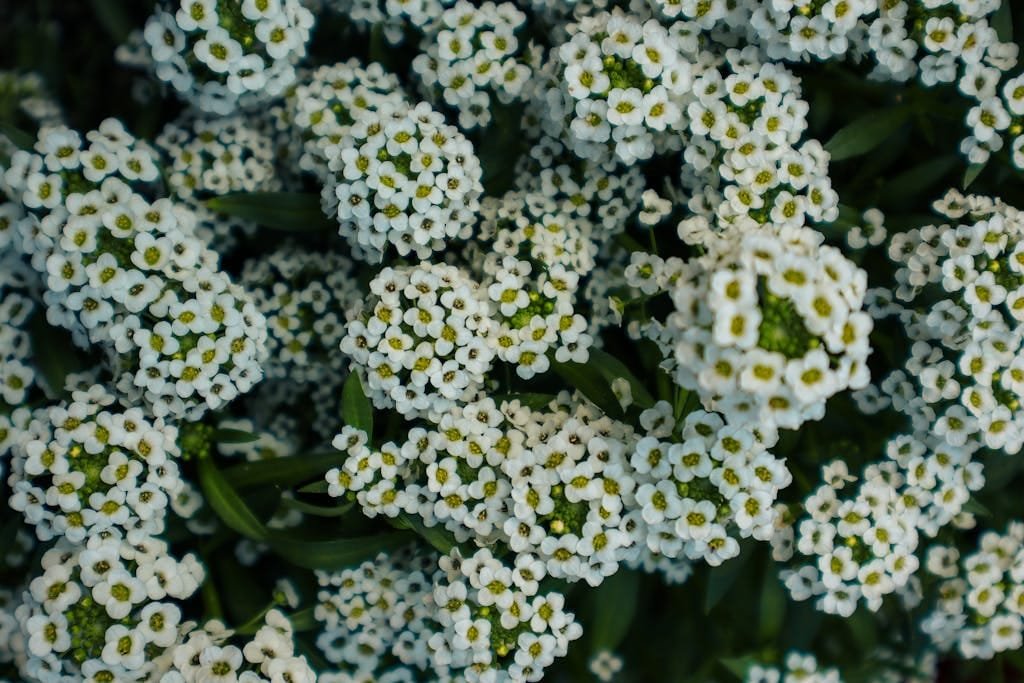
Alyssum’s versatility makes it a fantastic choice for various garden applications:
- Borders and Edging: Use alyssum to outline garden beds or pathways, creating a defined edge with its soft floral carpet.
- Containers and Hanging Baskets: Its cascading habit is perfect for spilling over the edges of containers and hanging baskets, adding a touch of elegance to patios and balconies.
- Ground Cover: Plant alyssum en masse in garden spaces or between stepping stones for a low-growing, fragrant ground cover that suppresses weeds.
Final Thoughts
Alyssum offers an easy and rewarding gardening experience, providing a long-lasting display of colour and fragrance with minimal care. Its ability to thrive in a range of conditions and settings makes it a valuable addition to any garden. Follow the guidelines outlined in this guide to enjoy the sweet allure of alyssum in your outdoor spaces.

